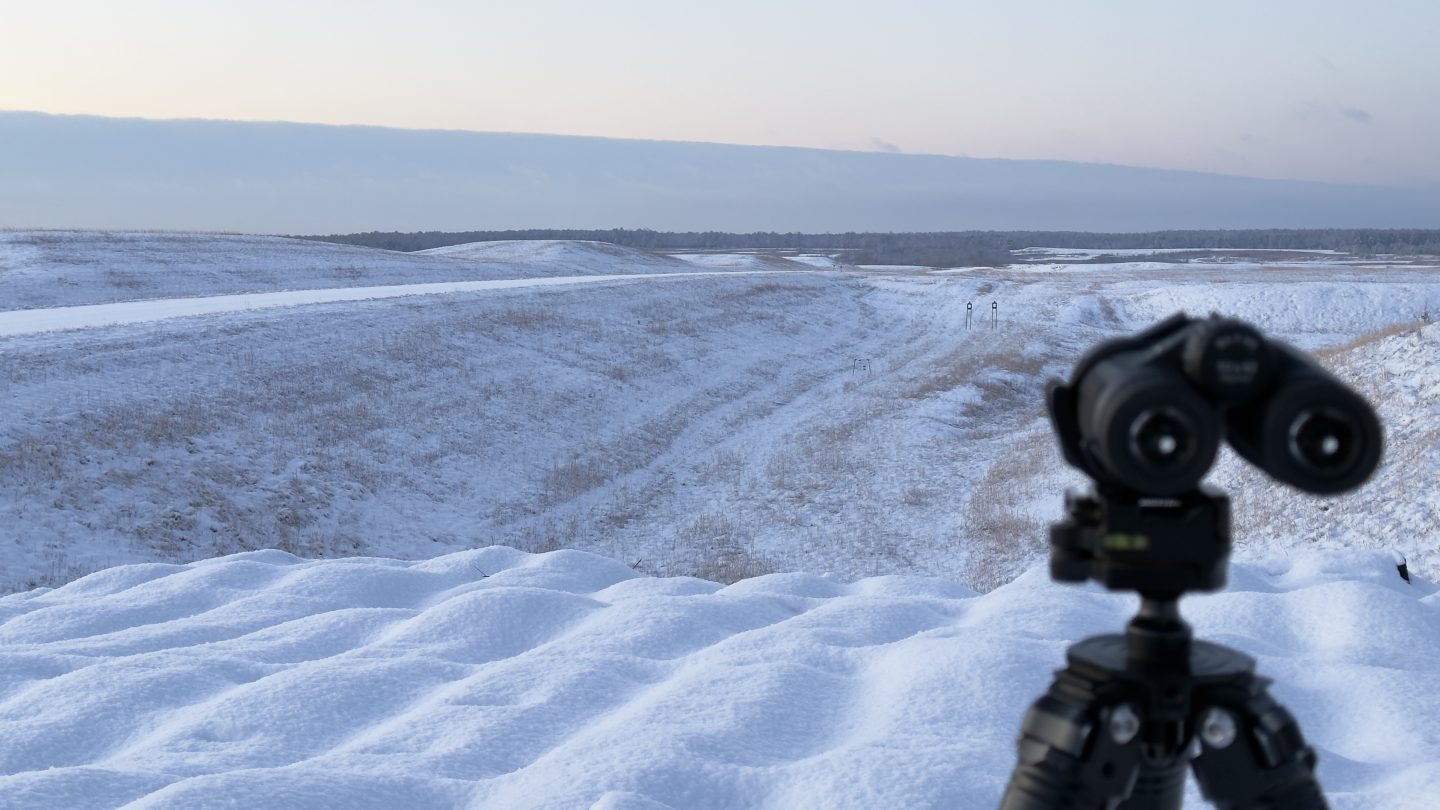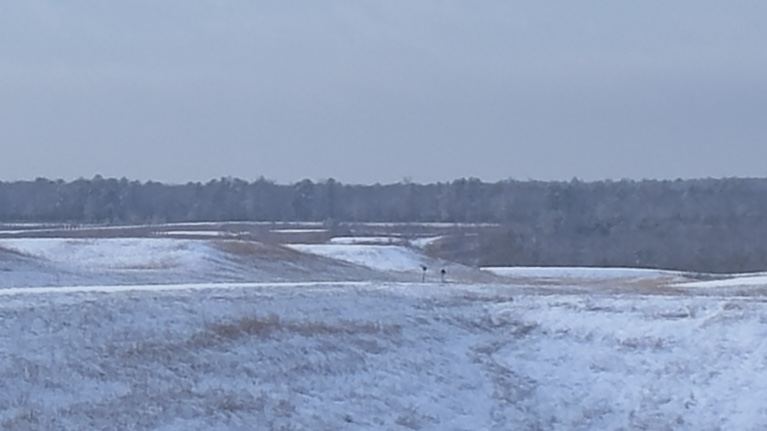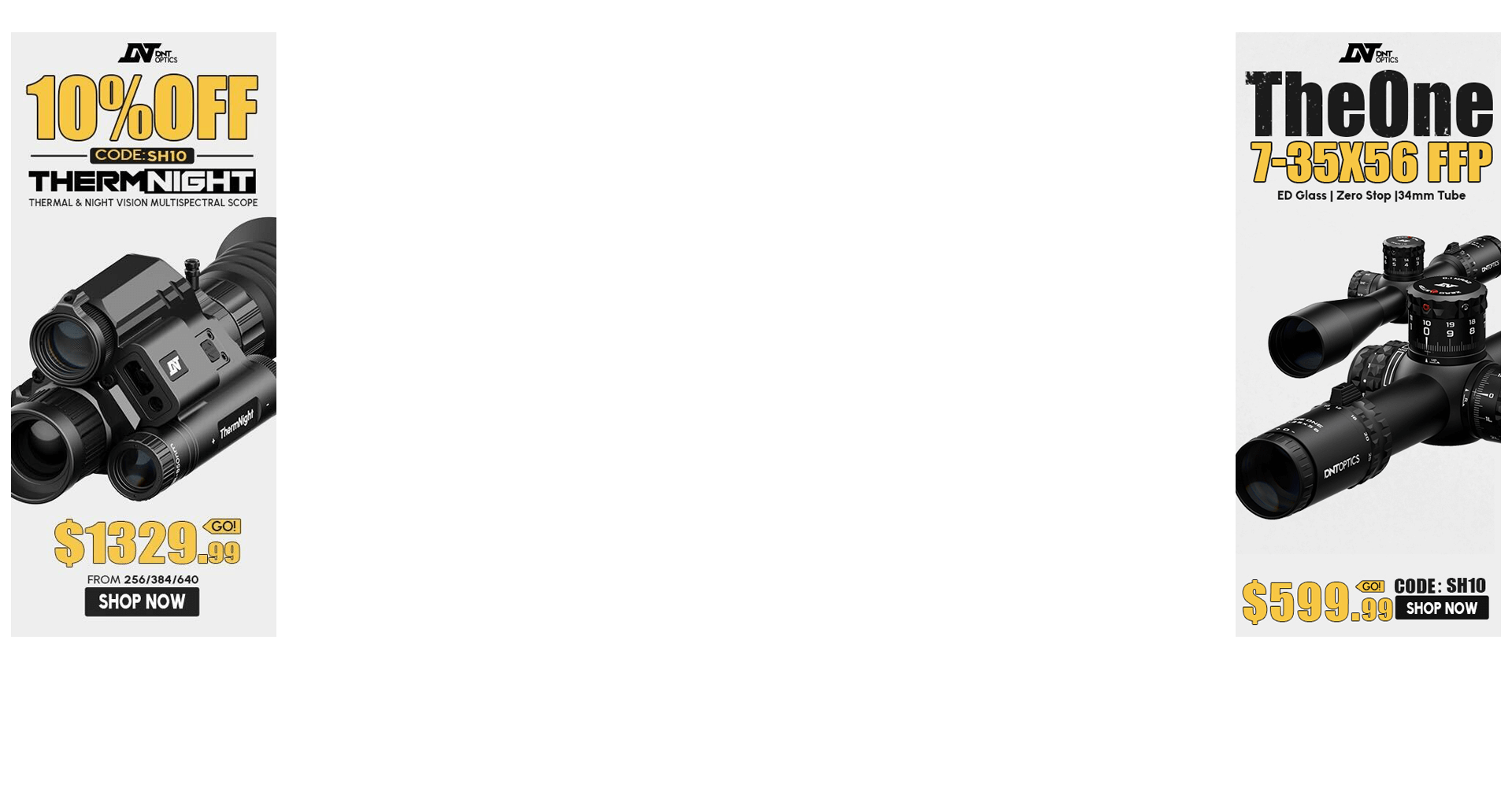
The Mammoth Sniper Challenge has once again served as a proving ground for gear, skill, and resilience. Among the key takeaways this year was a recurring issue: the limitations of laser rangefinders in demanding scenarios. While high-quality rangefinders like the Envision Mars (905nm & 1550nm), L3 Storm, and the binocular-born Leica Geovid and Vectronix Vector X excelled, lower-cost options often fell short.
High-End Rangefinders Dominate the Competition
For the second year running, the Vortex Impact 4000 weapon-mounted laser rangefinder struggled with small or skyline targets. This was a clear demonstration of the gap in performance between premium and budget-friendly devices. Many competitors found their rangefinders unable to provide accurate distances or any readings at all in some cases.
The disparity in performance highlights an essential factor often overlooked: beam divergence. High-end devices, like the Envision Mars, feature tight, precise beams capable of effectively ranging small or obscured targets. In contrast, less expensive models often have wider beam divergence, leading to inaccurate readings when ranging tiny or distant targets, especially against challenging backdrops like the sky.
Beam Divergence: Why It Matters
Beam divergence refers to the spread of the laser beam over distance. Devices with tighter beam divergence produce more focused readings, enabling accurate measurements even in complex scenarios. For instance, a wider beam might strike objects in the background, returning a distance far beyond the intended target. This issue was frequently observed at Mammoth, where competitors found themselves frustrated by missed opportunities to range critical targets. On the stage I was running for instance, the very first targets were set in front of a hill. That hill just happened to be 100 yards behind the targets. This guaranteed a missed target, and most teams were unable to correct their shots before having to move onto their next engagement.
This limitation has been thoroughly addressed in detailed evaluations on the CR2 Shooting Solutions YouTube channel, where we’ve tested rangefinders in real-world scenarios. For further insights, check out these videos:
- Laser Rangefinders: Which One Should You Buy?
- Laser Rangefinder Setup: Maximizing Accuracy
- Laser Rangefinder Comparison: Performance Under Pressure
The Knowledge Gap: Employing Rangefinders Effectively
Beyond the technical limitations of budget rangefinders, a significant number of competitors faced challenges due to a lack of understanding about how to effectively employ their devices. Many shooters didn’t know how to properly zero their rangefinders or use them efficiently in complex scenarios. This gap in knowledge is something we address extensively in the Laser Rangefinder Employment Course on HideTV. The course covers everything from device setup to advanced employment techniques, ensuring shooters can get the most out of their equipment.

Stage 3 – These targets are at 440 yards, the hill behind them is at 540 yards. These small targets were hard to range, and many competitors opted to range from the prone shooting position and directly at the plate. This resulted in the rangefinder picking up the hill behind the target.
Tips for Success Without High-Dollar Devices
Just because you don’t have $5000+ to spend on a laser rangefinder doesn’t mean that you can’t be successful. For those unable to afford premium rangefinders, there are several strategies to maximize the effectiveness of more affordable options:
- Range the Base: Instead of targeting a small or skyline target directly, range the base of the post or the area where the target is located. This will ensure your beam saturates the area around the target within just a few yards.
- Use a Tripod: A stable platform eliminates the shakiness that can cause misreading’s and allows you to clear obstacles in front of the target.
- Range a TRP (Target Reference Point): If the target is too small or difficult to range, identify a larger, nearby object and range it instead.
The Mammoth Sniper Challenge has once again reinforced the importance of understanding and employing laser rangefinders effectively. Sure, high dollar devices will allow for a competitive edge. But, with the right knowledge and techniques, even budget-conscious shooters can achieve success in the field. Remember, it’s not just about the tools you have—it’s about how well you use them.

